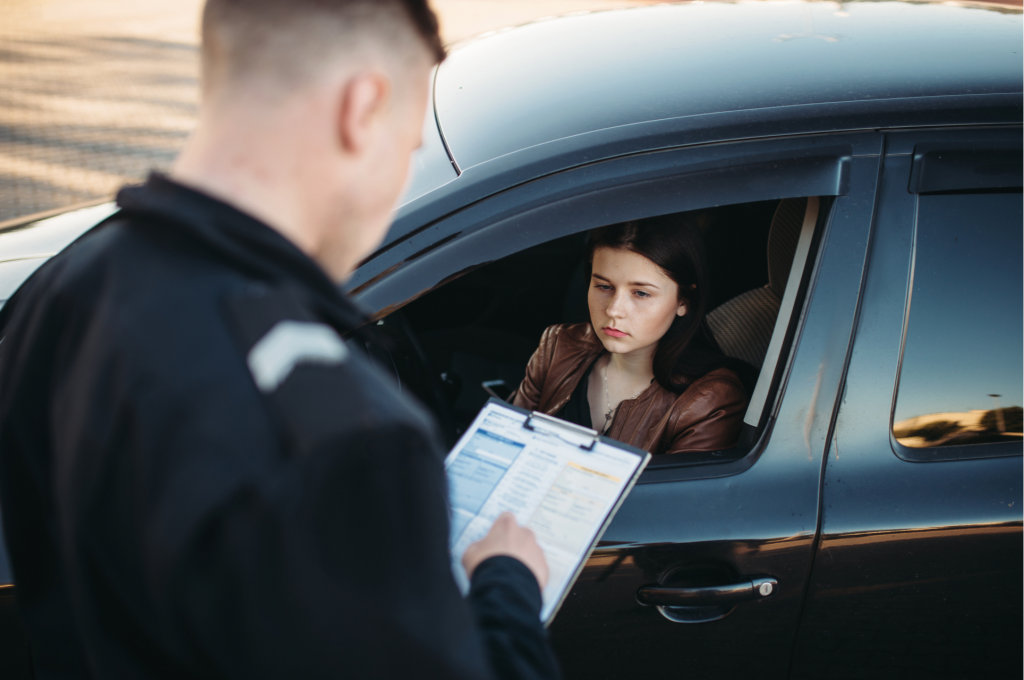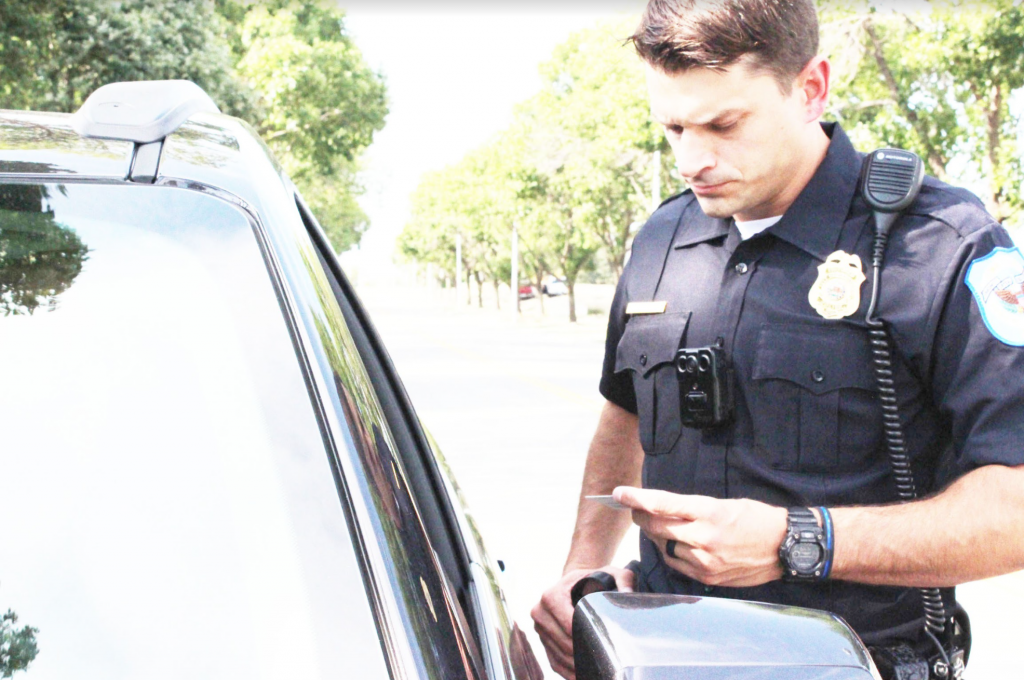Body-worn cameras (BWCs) have been increasing in popularity over recent years, and now the Justice Department is helping precincts all over the United States purchase their own.
The Bureau of Justice Assistance is to release a $7.65 million grant for smaller departments to supply their officers with BWCs.
Governmental Assistance
To qualify for funding, a law enforcement department must have 50 or fewer full-time personnel, be located in a non-urban or non-metro county, or be a federally recognized Tribal agency. All departments that meet these criteria are encouraged to apply for funding as soon as possible. The streamlined application process is entirely online, designed to make it as easy as possible for law enforcement agencies to apply.
The aim of the grant is to provide officers in more remote locations with a tool to help keep both them and their communities protected while ensuring any interactions can later be reviewed with clarity. It is hoped that this will improve relations between officers and members of the public by offering greater transparency.
The grant must be used to purchase BWCs, or otherwise fund body-worn camera related projects. For example, if body cameras are already provided to officers, a department may be able to use the funding to pilot a new BWC program.
Recording the truth

While it may seem only recently that body-worn cameras have become popular, the truth is that they have been in use for around two decades and, by 2016, 47% of the 15,328 general-purpose law enforcement agencies had employed BWCs. This sudden rise in usage is reflected by an overwhelmingly positive reaction from members of the public, with 88% of Americans supporting the use of BWCs.
While this surge in popularity partially stems from a desire for police officers to operate under the knowledge that their actions can be reviewed at a later date, it can also be in an officer’s best interests to ensure their encounters are recorded.
In 2018, Officer Daniel Hubbard was accused by civilian Sherita Dixon-Cole of sexual assault during a traffic stop. Dixon-Cole alleged that the officer had made advances on her after she had failed a sobriety test, and offered to release her from custody if she complied. Upon reviewing the recorded footage, it was discovered that she had fabricated the story and Hubbard was cleared of all charges.
This was not an isolated incident; in January 2018, Leah Dure accused Harker Heights officer Joshua Wood of brutality during her arrest while, in April of the same year, Rev. Jerrod Moultrie accused an officer of racially profiling him for driving a Mercedes in a ‘nice neighborhood.’ Thanks to footage recovered from the cameras worn by the officers, these allegations were found to be false and they were both cleared.
Kustom Signals and body-worn cameras

At Kustom Signals, we supply our Eyewitness Vantage body-worn cameras to officers all across the United States and the rest of the world. As well as offering a range of HD and SD resolutions that allow departments to select the resolution that best suits their needs, the Vantage offers an excellent low-light capacity, ensuring that details will not be missed in situations with poor lighting.
Designed to meet an officer’s essential needs, our Vantage is compact and lightweight, boasting features such as pre-event recording so that the first few seconds of an interaction are not missed. The camera also uses GPS coordinates with no input from the officer, capturing additional data.
For increased reliability, the Vantage can also be integrated with our Argus in-car video for a more complete, multi-view, recording of an incident, with both camera systems being automatically activated by pre-set events.
If you are interested in our Eyewitness Vantage or any of our other video products, please visit our video product page here.

